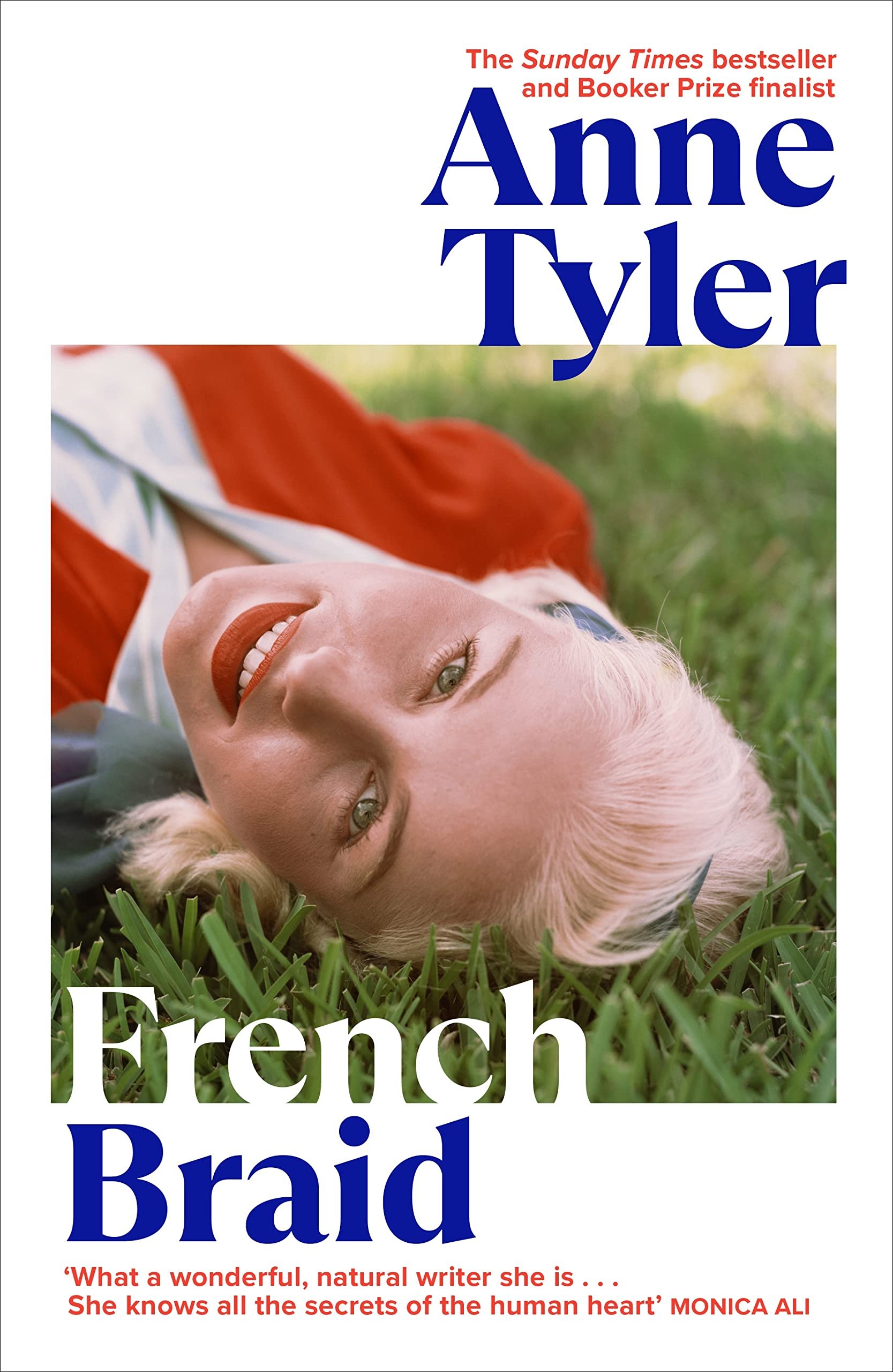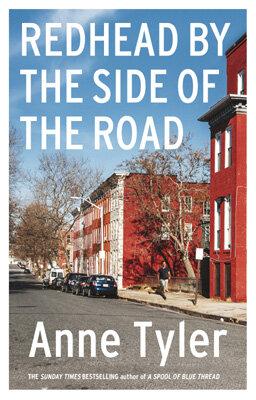In an entry from 1977 in “The Journal of Joyce Carol Oates” she remarks that “Anne Tyler's imagination turns (instinctively?) toward her central theme of staying-in-one-place / running-away. Taking on responsibilities / ridding oneself of all responsibility.” This is certainly noticeable in many of Tyler's novels – most notably in “Ladder of Years”. There's a persistent tension for many characters between maintaining the life they've built and leaving it behind. In her latest novel “French Braid” we have an example of a character who, in a sense, has it both ways. Mercy is the matriarch of the Garrett clan. Though in her younger days she fantasized about walking out on her life she has loyally loved and supported her husband and three children for decades. But her natural domain isn't the domestic. Once their youngest child has flown the coop she embarks on pursuing her passion for painting and gradually moves out of the family home into her artist's studio. She's developed a technique for painting a family's home by focusing on one aspect which is represented in high detail while the rest remains a bit of a blur. Mercy's living arrangement mostly goes unspoken amongst the family so she maintains her position while achieving a kind of independent freedom. It's an excellent compromise for a riddle that has been threaded throughout so much of this author's meaningful body of work.
The novel begins in 2010 before leaping back to a rare Garrett family holiday in 1959 and skipping forward through the decades alighting focus on several different members of the household. Similar to Tyler's “A Spool of Blue Thread” we get a broader picture of these individuals by seeing brief snapshots of them in different periods of time. Gradually we come to understand how this family has maintained loose bonds while living separately and largely unknown to each other. Though they are reunited for some holidays and anniversaries, other occasions such as weddings aren't always marked with the traditional get together. Tyler presents instances when they do see each other with a wonderful amount of detail and dialogue which captures all the awkwardness and uncertainty of people who are united through coincidence of birth rather than natural affection. Men in the family revert to bland discussions about the traffic getting there. Women side-eye the choices of dishes brought to the dining table. These are familiar figures who are of a certain type – yet they are also unique and distinct. Mercy and her husband Robin's son David doesn't conform to his father's masculine expectations. The rift this causes is subtle yet severe in creating a longstanding distance which is never entirely broached. It's just one example of how this family has drifted apart while still remaining roughly connected. Though Robin might be simply viewed as a domineering dad he's depicted with a lot of compassion and sympathy showing how evenhanded Tyler is when writing her characters.
The title of the novel is acknowledged as a metaphorical cliché when an older David observes how this style of hair arrangement which leaves waves in the strands when undone is “how families work, too. You think you're free of them, but you're never really free; the ripples are crimped in forever.” It's a bit of hard-won terse wisdom which is a platitude but still essentially true. However, the real understanding of family life comes from looking at members as individuals caught in different periods of time and circumstances. This is the technique Tyler has employed and which Mercy might have depicted visually if she painted people rather than objects. It's wonderfully affecting as the novel builds to say so much more than any of its finely-observed parts. Tyler's ability to find profundity in the mundane without any overly dramatic plotting is unparalleled and highly accomplished.
























